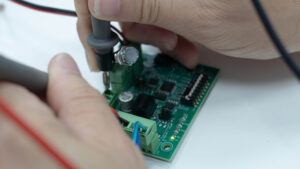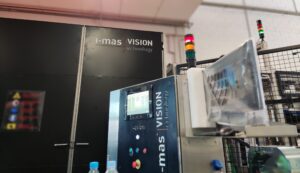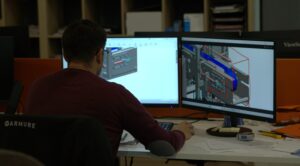The selection of materials is one of the most critical decisions in product design and development. It is not just a matter of choosing the material that “works” or “looks good”: it is about finding the perfect balance between aesthetics, functional performance, manufacturing processes, and economic viability.
In this article, we explore how to approach this choice from the early stages of product design, and how a good strategy can accelerate industrialization and reduce errors.
Product design: the starting point for choosing materials
During the early stages of product development, the design team must define the properties that the part must have: Does it need to be heat resistant? Lightweight? Pleasant to the touch? Transparent? These questions help narrow down the types of materials (metals, plastics, composites, elastomers, etc.) that can meet the product requirements.
Aesthetic design also comes into play here: texture, color, shine, and transparency influence both user perception and consistency with brand identity. That’s why product design companies must work on the visual aspect and technical characteristics in parallel to avoid costly changes in later stages.
Functionality and industrial prototyping: validate before launching
Once the functional objectives have been defined, it is essential to validate the materials through industrial prototyping. This stage allows us to check under real conditions whether the part performs as expected: mechanical strength, flexibility, durability, or behavior when exposed to external agents (temperature, humidity, chemicals, etc.).
The use of technologies such as CNC machining, 3D printing, and silicone molding allows prototypes to be manufactured with materials that are similar or identical to the final ones. This prototyping phase is key to reducing risks and avoiding costly changes during the launch of new products. It also allows testing with real users and making adjustments before starting large-scale production.
Cost and feasibility: the necessary balance in product development
Even the best material in the world is useless if it is not economically viable. That is why, during the product development phases, it is essential to take into account the cost per unit, the production volume, and the availability of materials on the market.
Often, the ideal material in functional terms is not the most efficient in terms of manufacturing. In these cases, the product design can be adapted to allow the use of more accessible materials without compromising performance. This is where coordinated work between engineering and design brings real value.
It is also important to consider the type of manufacturing process. A material that works well in 3D printing may not be suitable for plastic injection molding. And a machined metal material may be more expensive if it requires heat treatments or special coatings.
Real cases and experience: the key to success in product design companies
At I-MAS, as a company specializing in product design and development, we accompany our clients from the initial ideas to the final industrialization. One of our strengths is our ability to select materials from a 360º perspective: aesthetics, functionality, costs, and production processes.
Discover how we can help you take your project to the next level. Contact us and take the first step towards innovation.



